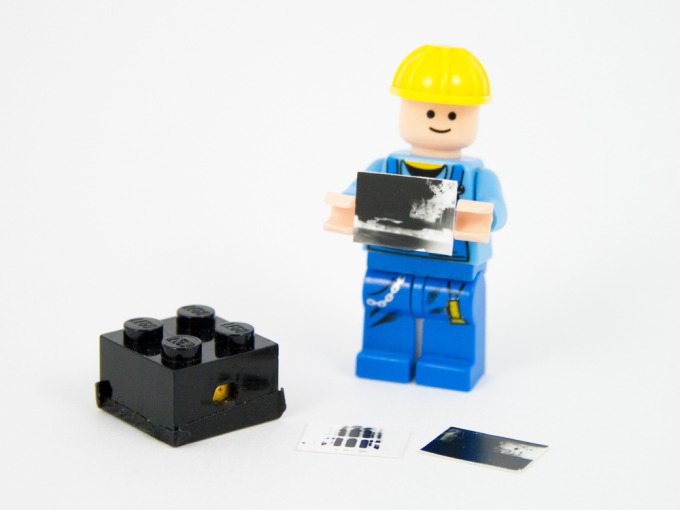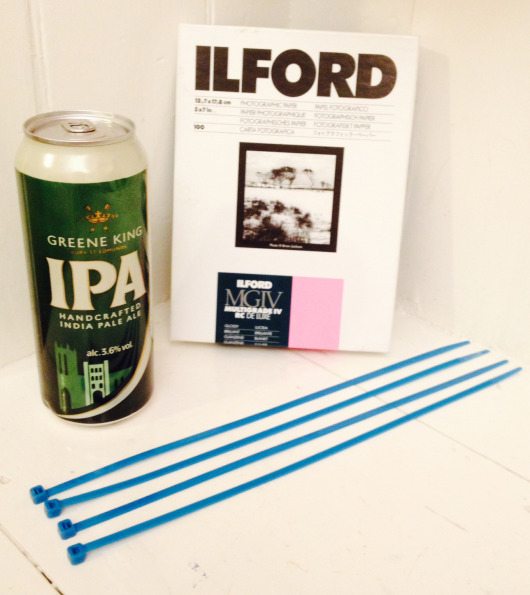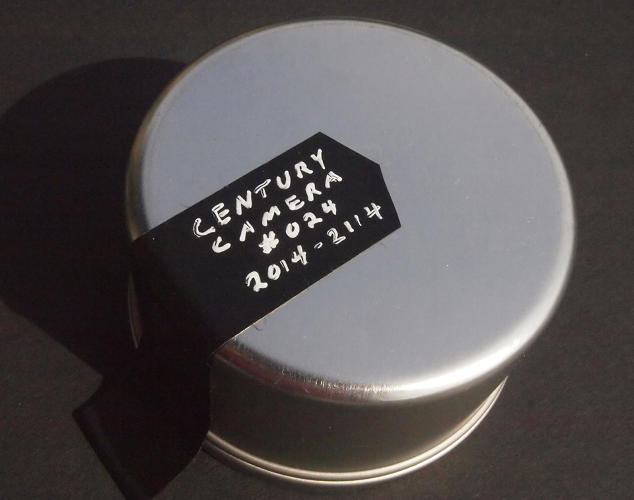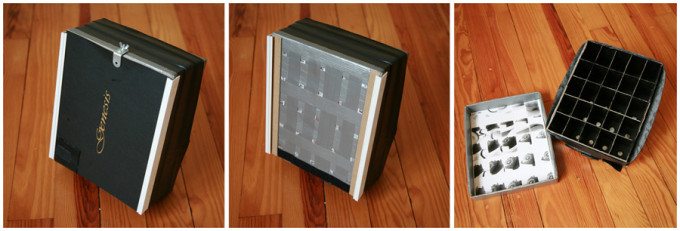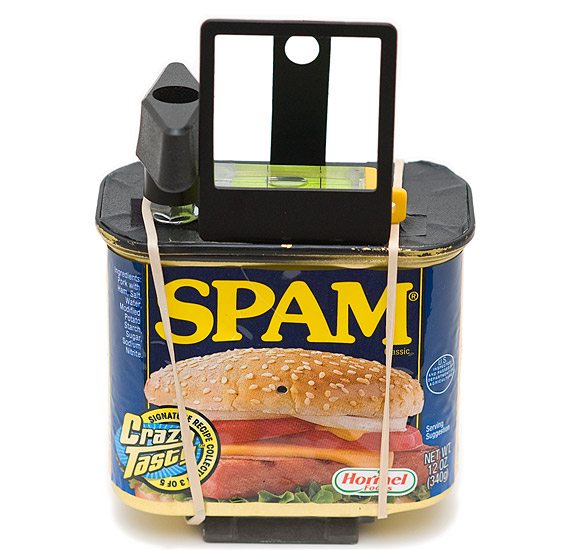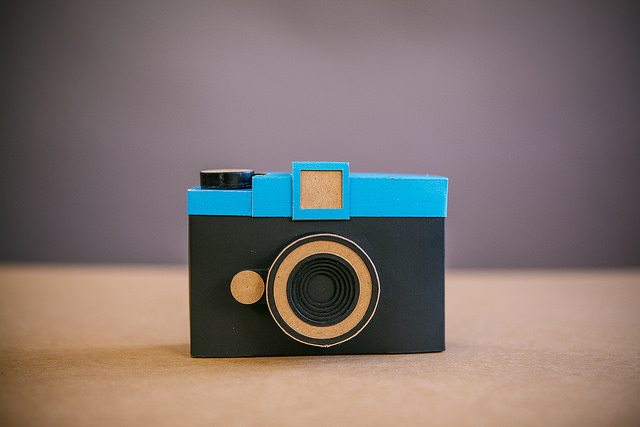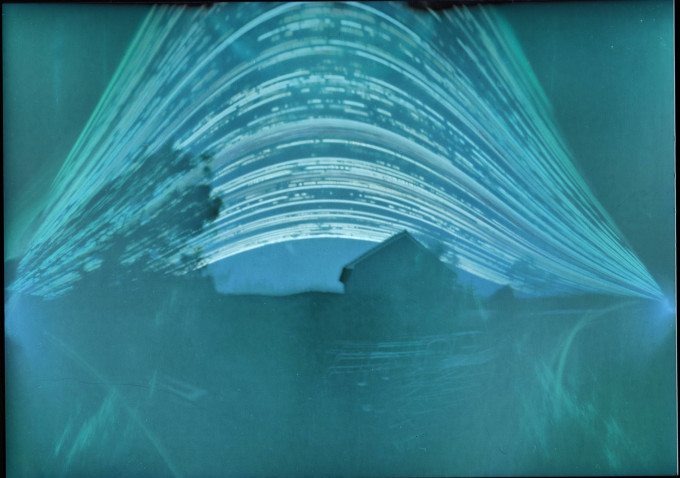
All images by their respective owners. Originally featured in our initial blog posts with permission.
Pinhole cameras: they’re such an incredible thing of mystery. They can be large, small, unconventional, or totally fair-looking. Something that they all share in common is the fact that they’re bound to shoot a very long exposure and the image will usually look incredible with the right creative knowledge.
We’ve featured lots of cool pinhole work here on the site, but a couple of cameras really stand out at us. Here they are.
Roger Cline’s 16×20 Pinhole Camera
Roger Cline is a designer who hails from San Francisco and built a 16×20 pinhole camera. Yes, you read that right. It’s super large format and shoots paper negatives at ISO 6 or 8–which means that the images are really, really big and needed lots of light. Roger owns a design studio and tells us that pinhole photography helps him stay creative. And the way that this camera was built is actually quite interesting.
He tells us
“Pinhole photography and analog photography help liberate me from digital technology and allow me to utilize my creativity in an entirely different medium. As a photographer I strive to keep learning about the photographic process and my self as an artist.”
Ryan Howerter’s Lego Camera
Lego cameras are cool, but imagine if you put one into a single LEGO block. That’s what Ryan Howerter did, and the results are incredible. This camera is very small and is housed within a 2×2 LEGO that uses pieces of photographic paper and small slivers of film.
Ryan tells us that he got the inspiration from a class.
“When our teacher showed us this pinhole camera, I knew I had to make something just as small.”
These Beer Cans
Photographers Oli Stevens and Matt Bigwood both created very long exposures using beer cans.
No, we’re not kidding. In fact, quite a bit of work went into the images before the tape for the pinhole cameras came off. Essentially, they can both be called solargraphs because they both trail the way that the sun, stars and more moved over a long period of time.
If you’re looking for inspiration, these two guys are very worth checking out.
Berlin’s 100 Year Long Pinhole Exposure
The city of Berlin is trying to do something for the arts: or at least project heads Jonathan Keats and Art Gallery Team Titanic hope. They’re doing the Century Camera Project, which started last year and will take 100 years for the image to come forth.
According to Keats,
“The photograph not only shows a location, but also shows how the place changes over time. For instance an old apartment building torn down after a quarter century will show up only faintly, as if it were a ghost haunting the skyscraper that replaces it.”
James Guerin’s Shoebox Pinhole Camera
Photographer James Guerin created an ultra special pinhole camera. You see, it’s a shoe box; but not any sort of shoe box. It takes 25 different exposures at once on a single piece of photographic paper. It’s weird, it’s cool, heck it’s super creative.
James tells us that he completed the project using a grid.
“When I placed the grid into the shoebox it gave me 25 independent light tight cells (a little leakage between cells isn’t a problem). I used the lid of the shoe-box as my “film” holder, you could also use film holders but this involves a bit more work to make the back. For me, for now, a one shot design is ok. If I start to use it a bit more I might put a back on it so I can use my film holders. Obviously, the camera needs to be loaded in the dark (or at least under a darkroom-safe light for paper).”
Scott’s Spam Can
F295 user Scott created a pinhole camera using a SPAM can. Cool, right? I mean, who doesn’t love SPAM? But what’s so cool about this is that it has its own film advance, viewfinder, and more.
Ray Panduro’s Cardboard Diana Camera
Photographer Ray Panduro created a Diana camera out of cardboard simply because he loves the camera so much in combination with DIY projects. He chose a Diana because 120 film is the simplest to use for pinhole projects.
“The camera works by a sliding shutter that moves sideways with an aperture is f/150 for the Diana for its 40mm focal length for a 6×6 film frame.”



